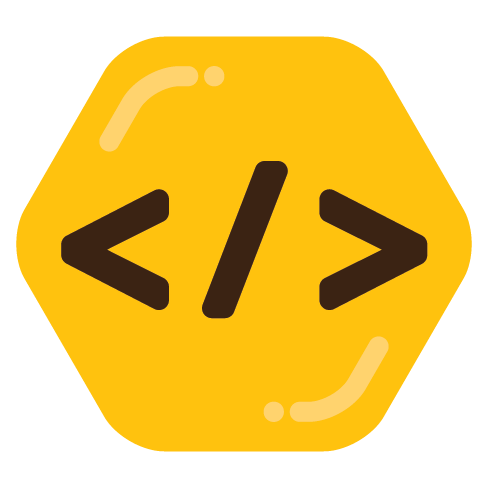That still wouldn’t account for it. The code to collect this is tiny and the data isn’t stored locally. The whole point is for them to suck it up into their massive dataset.
- 0 Posts
- 12 Comments
This is literally the correct way to proceed in any inbound communication. Doesn’t matter who it is, the more authority they claim the faster to hang up.
They will try and trigger your lizard brain and make you feel like you must act now.
They got you because you’re not familiar with the Apple ecosystem nor their support system. That’s all sus as hell.
You also failed at basic opsec because you allowed them to control the flow of communication.
Was there actual suspicious activity? Did an actual Apple representative ever contact you because it sounds like the whole thing was a phish but you make it sound like they just got the case number and timing when the more likely scenario is that the email was also them.

 2·25 days ago
2·25 days ago"FSD is the best of the best and has improved dramatically the last few months.
Every musk fanboi has repeatedly claimed this “last few months” line for the past several years. If it was actually true the car would be sentient by now.

 1·2 months ago
1·2 months agoIt’s never the nameless developer’s credibility that is being harmed.

 3·3 months ago
3·3 months agoThey are the ones that talk to the customers so the engineers don’t have to.
Often those customers are others in the same company.
Based on many of the other comments, I don’t think most people understood the joke.
What exactly do you think the vm is running on if not the system kernel with potentially more layers.
The container should always be updated to march production. In a non-container environment every developer has to do this independently but with containers it only has to be done once and then the developers pull the update which is a git style diff.
Best practice is to have the people who update the production servers be responsible for updating the containers, assuming they aren’t deploying the containers directly.
It’s essentinally no different than updating multiple servers, except one of those servers is then committed to a local container respository.
This also means there are snapshots of each update which can be useful in its own way.

 2·3 months ago
2·3 months agoWere you always insufferable or did it take practice?
How unique do you suppose file system paths are?
How many hashes would one need to gather to quickly determine the root path for all files? Paths are not random so guessing the path is just a rainbow table.
The scanning for known releases becomes trivial once the file system pattern is known.